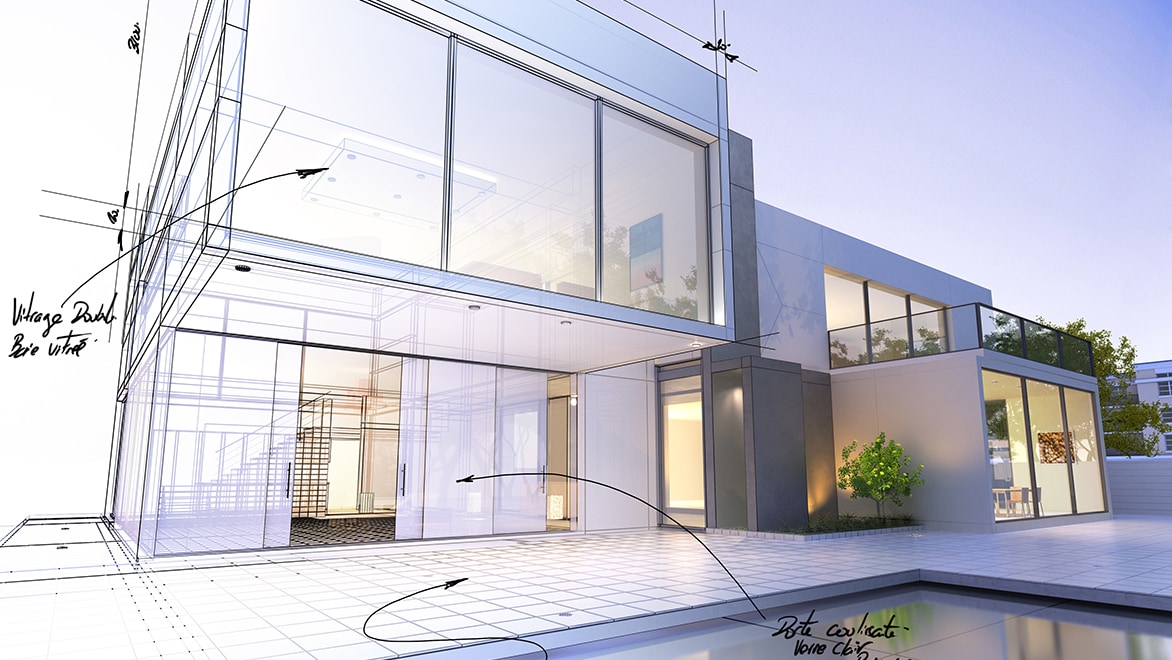The Important Role of an Engineer in Shaping Lasting Urban Environments for Future Generations
The role of a designer in crafting lasting metropolitan settings is significantly pivotal in responding to the difficulties of environment change and urbanization. By effortlessly incorporating eco-friendly principles right into their styles, engineers not only enhance the visual and functional high quality of metropolitan spaces yet also address pressing issues such as energy effectiveness and social equity.
Recognizing Sustainable Urban Design
Lasting city layout integrates environmental concepts with metropolitan preparation to develop environments that are not just livable but likewise durable. This approach stresses the importance of including natural systems right into the city material, making certain that growth satisfies the needs of today without compromising the ability of future generations to meet their own requirements. Key aspects of sustainable city layout include efficient land usage, the promotion of biodiversity, and the assimilation of eco-friendly rooms, every one of which add to enhanced quality of life for citizens.
In addition, sustainable city layout prioritizes the reduction of the city heat island effect, improved air top quality, and effective stormwater monitoring. It motivates the usage of renewable energies and energy-efficient structure practices, which substantially lower carbon impacts. Sustainable urban style promotes social equity by creating easily accessible public rooms and advertising mixed-use growths that cater to varied populations.
Via thoughtful preparation and innovative layout strategies, sustainable urban settings can boost area resilience against environment modification while fostering financial growth. This holistic method not only addresses immediate metropolitan challenges yet likewise lays the foundation for healthier, much more sustainable cities for generations to find.
Secret Duties of Designers
Designers play a crucial function fit lasting urban environments by equating style concepts right into concrete structures and rooms. Their duties encompass a wide variety of activities that add to the overall success of urban style projects.
Most importantly, designers conduct detailed website analyses to recognize the environmental, social, and cultural context of their jobs. This foundational understanding notifies their style decisions, making sure that structures integrate with their environments. They additionally participate in collective processes with stakeholders, consisting of city planners, designers, and the neighborhood, fostering an inclusive strategy to urban development.
Furthermore, architects are tasked with producing styles that optimize energy efficiency, resource conservation, and performance. They must stick to local zoning legislations, building codes, and sustainability accreditations, guaranteeing compliance while pressing the limits of technology.
In addition, engineers are liable for handling the style process, collaborating with various professionals throughout the construction phase to ensure that the vision is understood precisely (cda architects). Inevitably, their duty is not only about appearances; it is concerning creating durable, adaptive spaces that boost the quality of life for existing and future generations, preparing for lasting urban living
Ingenious Products and Techniques

In addition, developments in technology have caused the advancement of high-performance materials, such as protected concrete types (ICFs) and solar glass, which add to power preservation and harness sustainable energy. Strategies such as easy solar design and green roofs further exemplify just how style can balance with all-natural systems, lowering dependence on fabricated cooling and heating.
Additionally, the combination of clever products, which adjust to environmental changes, provides appealing methods for enhancing building performance. These materials can react to temperature level changes or moisture levels, optimizing convenience and sustainability.
Inevitably, the tactical choice and application of innovative products and strategies encourage engineers to produce city rooms that are not only useful and cosmetically pleasing yet additionally resilient and environmentally responsible, guaranteeing a lasting future for generations ahead. cda architects.
Community Interaction and Cooperation
The success of ingenious materials and techniques in lasting city style is substantially boosted by active area involvement and partnership. Architects need to Recommended Site identify that the built atmosphere exceptionally influences the lives of local residents, making it essential to include them in the design process. Involving the community promotes a feeling of possession and responsibility, making sure that advancements not only meet visual and practical demands but also mirror the worths and goals of those who inhabit them.

Effective area involvement additionally helps in focusing on social equity within city advancement. By considering the voices of marginalized populaces, designers can produce areas that are comprehensive and fair. By doing this, area interaction and partnership become important to achieving really lasting urban atmospheres that serve the demands of present and future generations.
Future Trends in Sustainable Design
An arising concentrate on adaptive reuse and circular economic situation principles is readied to redefine the landscape of sustainable architecture. As cities grapple with increasing populace thickness and environmental difficulties, engineers are significantly turning to methods that enhance existing structures as opposed to seeking brand-new builds. This approach not only maintains social heritage however also considerably reduces resource consumption and waste.
In addition, improvements in modern technology are shaping future fads in lasting architecture. The integration of wise products and building systems enables real-time power management, improving performance and decreasing carbon footprints. Innovations such as environment-friendly roofings, living wall surfaces, and energy-generating facades are imp source becoming basic methods, additionally advertising environmental equilibrium within urban settings.
In addition, a shift towards biophilic design is gaining traction, stressing the connection between nature and human health. By integrating natural environments, architects develop rooms that cultivate mental wellness while promoting biodiversity.
Conclusion
To conclude, engineers are crucial in progressing sustainable metropolitan settings with their knowledge in design, ingenious products, and community engagement. By prioritizing power efficiency and resource conservation, these experts add to the production of durable urban areas that meet the needs of present and future generations. The assimilation of ecological principles not just enhances livability but additionally fosters social equity, making certain developments reverberate with the values and aspirations of the communities they serve.